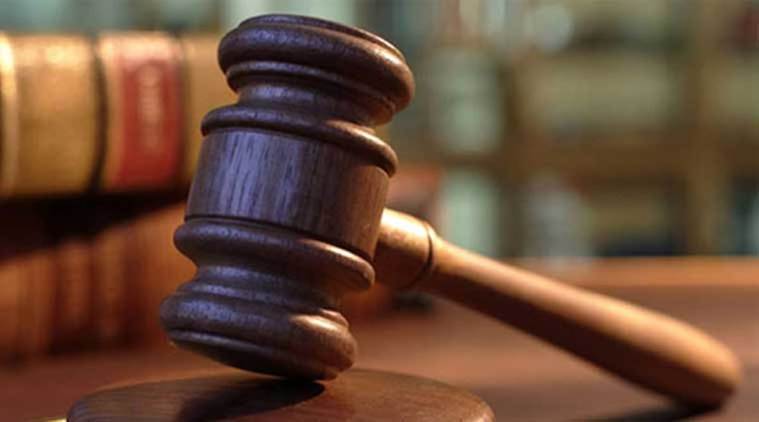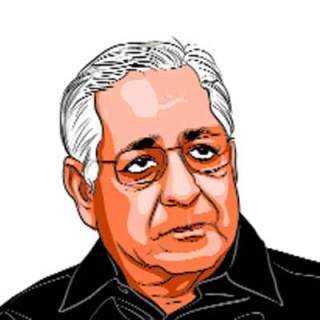A labour of law
Constituent Assembly debates were full of disagreement, humour and hope. Will the dreams of the founding fathers come true?

On December 9, 1946, the first meeting of the Constituent Assembly was held. The business was formal. Sachchidananda Sinha, who was elected as temporary chairman, concluded his excellent inaugural address with an apt Biblical quotation — “where is no vision the people perish”.
On December 13, 1946, when the Objectives Resolution was moved by Jawaharlal Nehru, during which he said “the Declaration is a pledge and an undertaking. a time comes when we have to rise above party and think of the nation, think sometimes of even the world at large of which our nation is a great part”. Thereafter Dr Radhakrishnan in a moving speech said “this declaration, which we make today, is of the nature of a pledge to our own people and a pact with the civilised world”.
The next meeting was on August 14, 1947, at 11:00 pm. The first item on the agenda was the singing of the first verse of Vande Mataram which, was rendered by Sucheta Kripalani. Thereafter, Nehru made his celebrated “tryst with destiny” speech.
The subject of fundamental rights was crucial. It was debated for 38 days, during which M Ananthasayanam Ayyangar plaintively asked, “Is there a single word in the Constitution that imposes on the future governments the obligation to see that nobody in India dies of starvation?” The main problem that loomed large was whether these rights should be unqualified, or be subjected to restrictions, and the nature of the restrictions. Most important: Who should have the final word in determining the necessity for the restriction? The legislature or the judiciary?
Quite a few members felt that the guaranteed freedoms were hedged in with so many restrictions that, according to P S Deshmukh, “they are neither fundamental nor have much of rights in them”. Muhammad Ismail bemoaned that “the exceptions have actually eaten up the rights”. Several members complained of the legislative legerdemain of giving fundamental rights with the right hand and taking it away “by three or four or five left hands”. Algu Rai Shastri drew inspiration from the arts: “Freedom is a great art — even greater than the art of music and dancing. He (an artist) cannot sing and dance out of tune and time, in an unrestricted manner. He remains fully bound to the rules.”
An irreconcilable gulf seemed to divide the two sides, which was overcome by the suggestion of Thakurdas Bhargava, who advocated that the word “reasonable” be inserted before the expression “restrictions”. B R Ambedkar readily accepted the proposal and the vital principle of judicial review implicit in it.
An irreconcilable gulf seemed to divide the two sides, which was overcome by the suggestion of Thakurdas Bhargava, who advocated that the word “reasonable” be inserted before the expression “restrictions”. B R Ambedkar readily accepted the proposal and the vital principle of judicial review implicit in it.
Provisions relating to preventive detention generated sharp controversy. Bakshi Tek Chand condemned them as most reactionary, and according to Mahavir Tyagi, the business of the Constitution makers was to guarantee the rights of people and not to make laws to deprive them.






































No hay comentarios:
Publicar un comentario